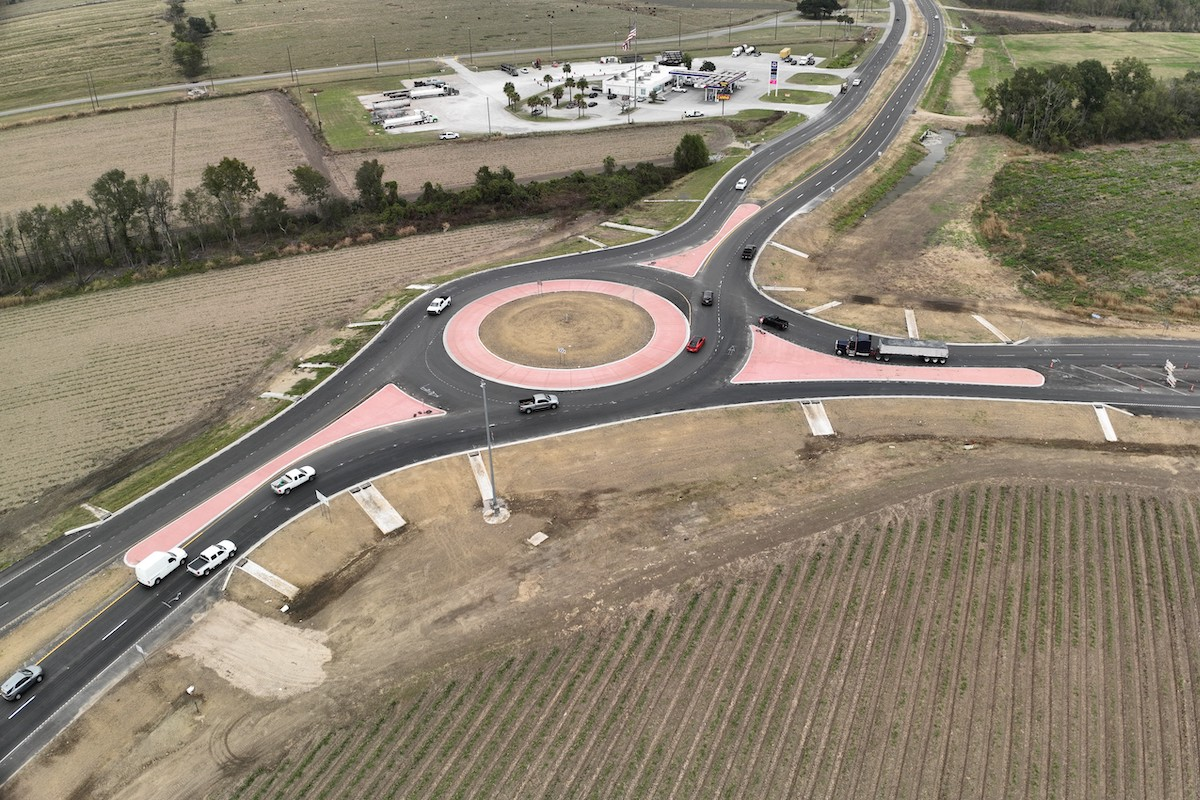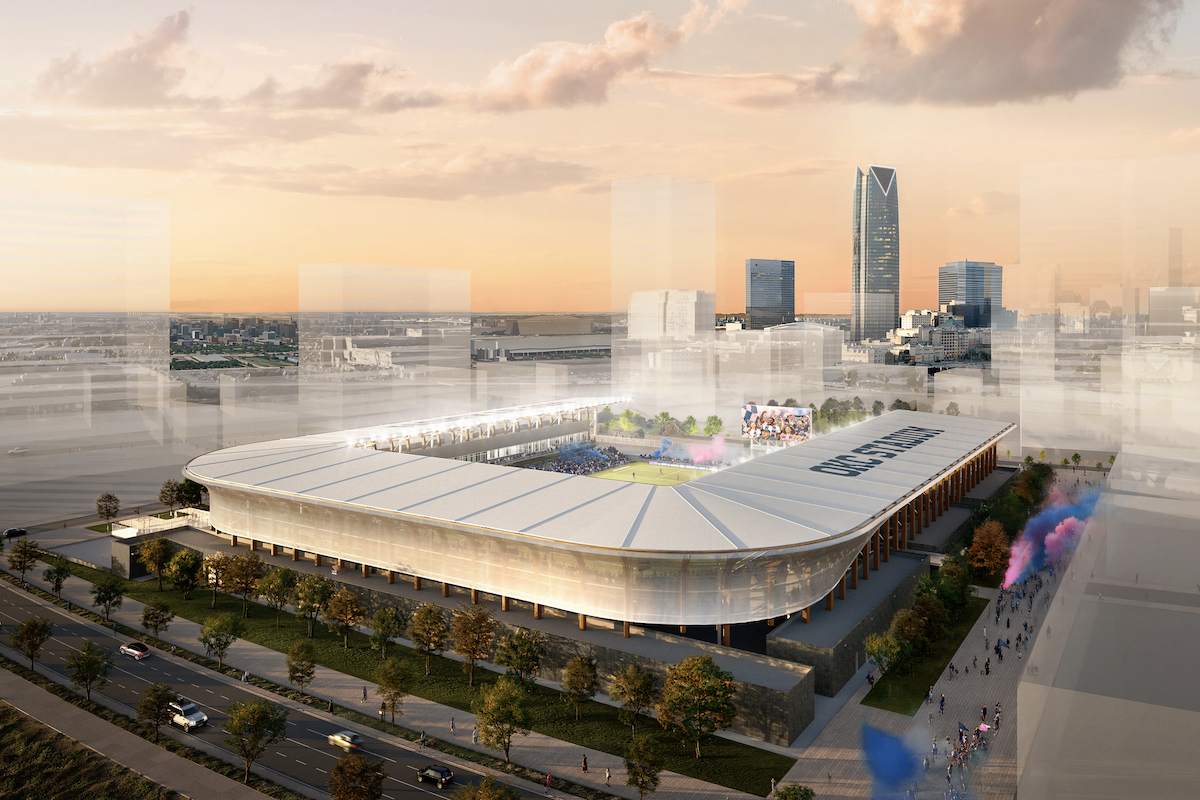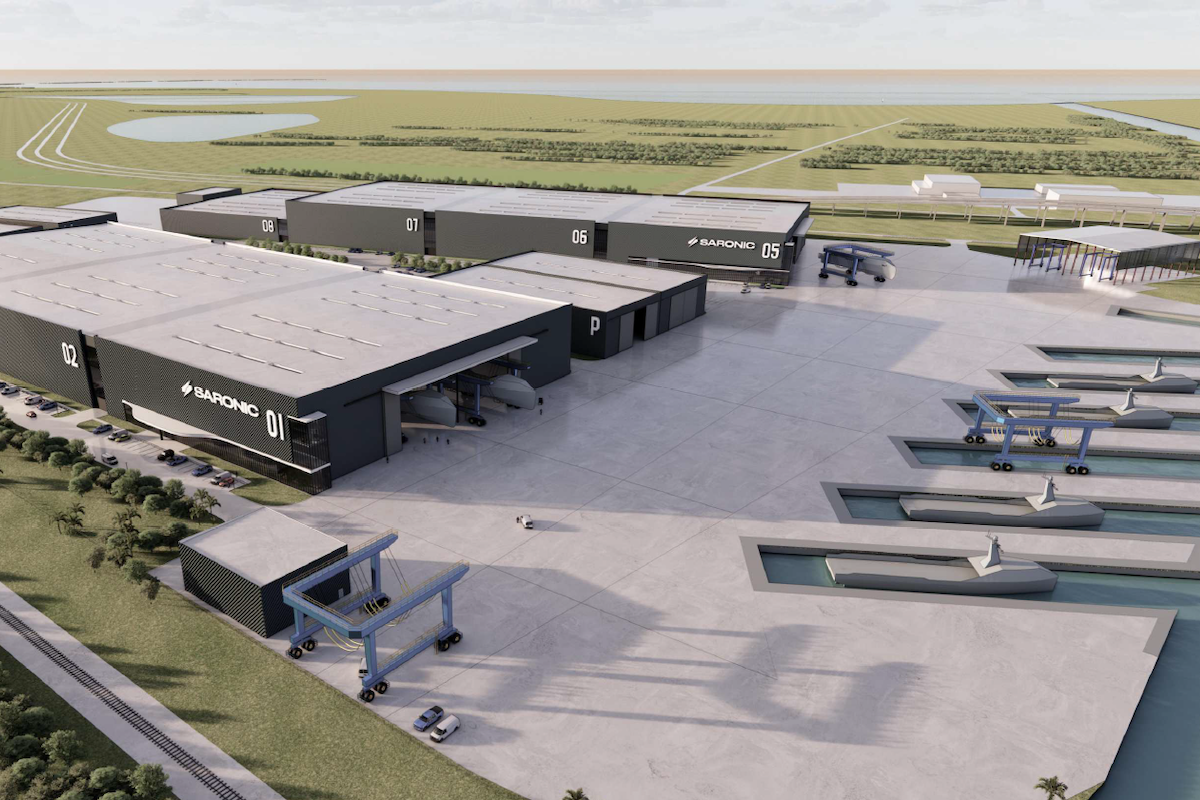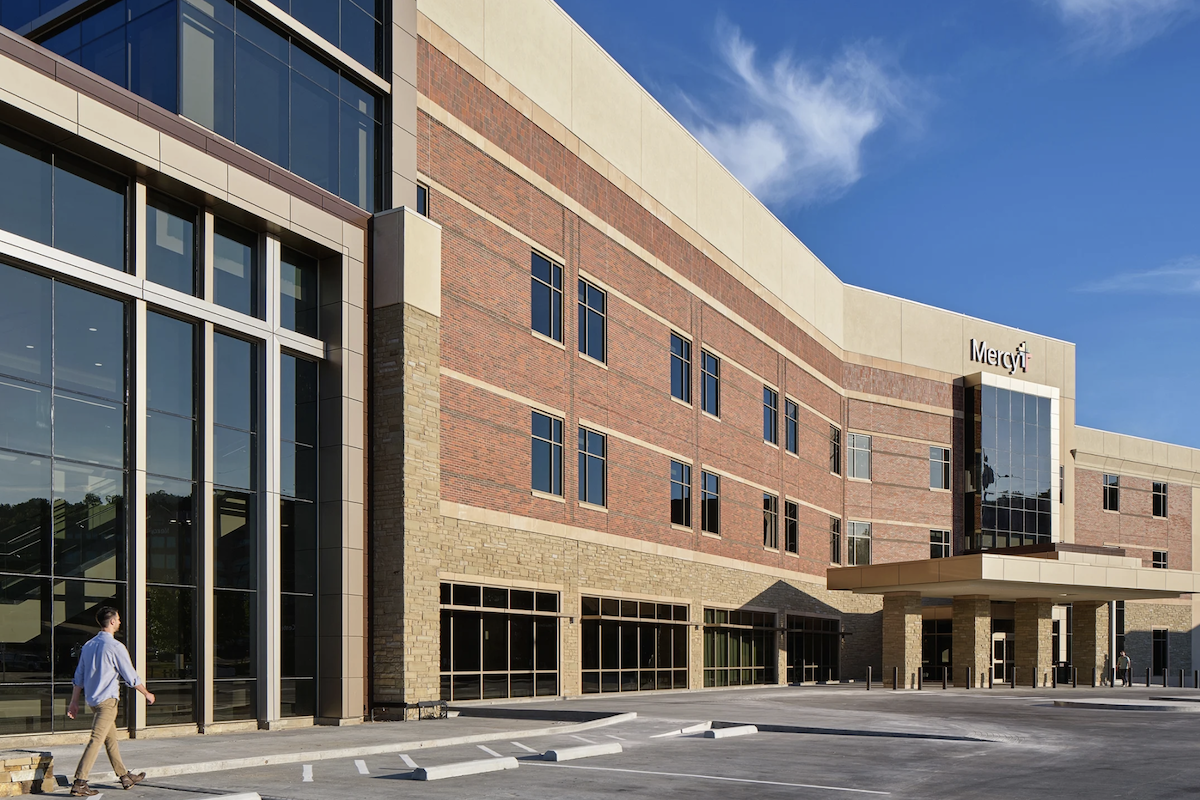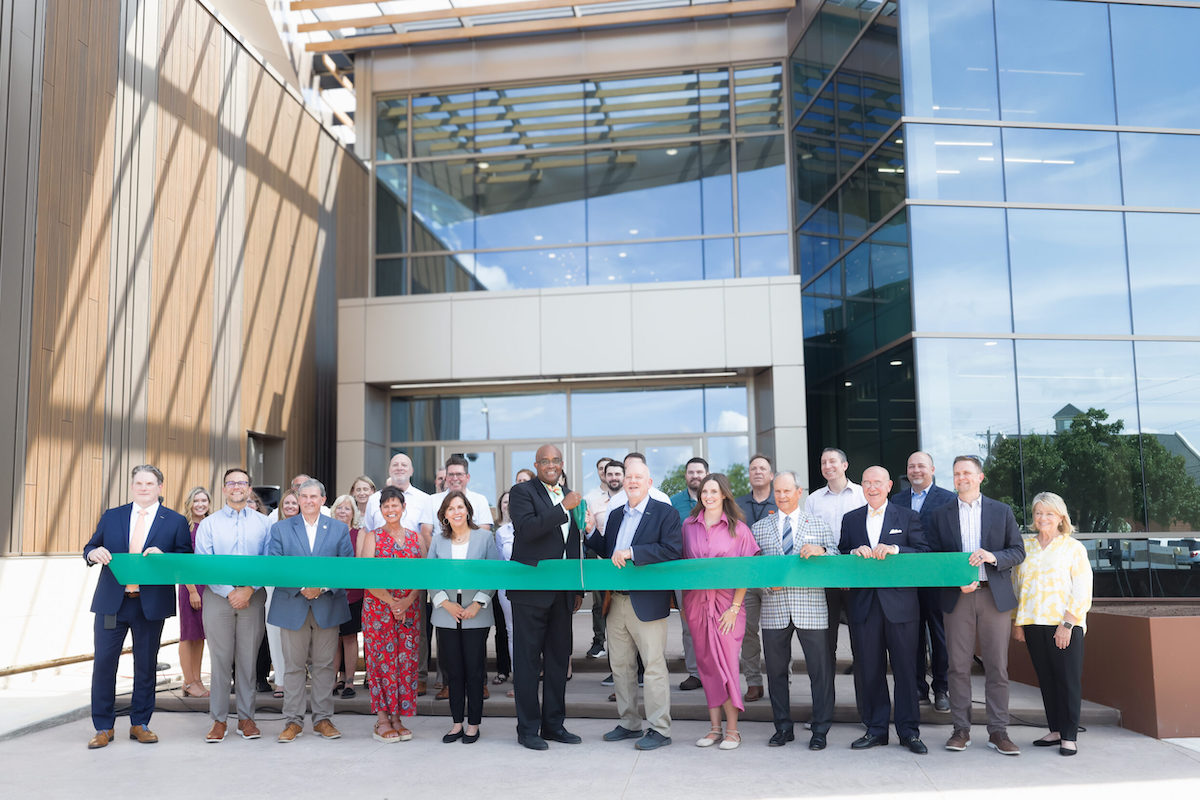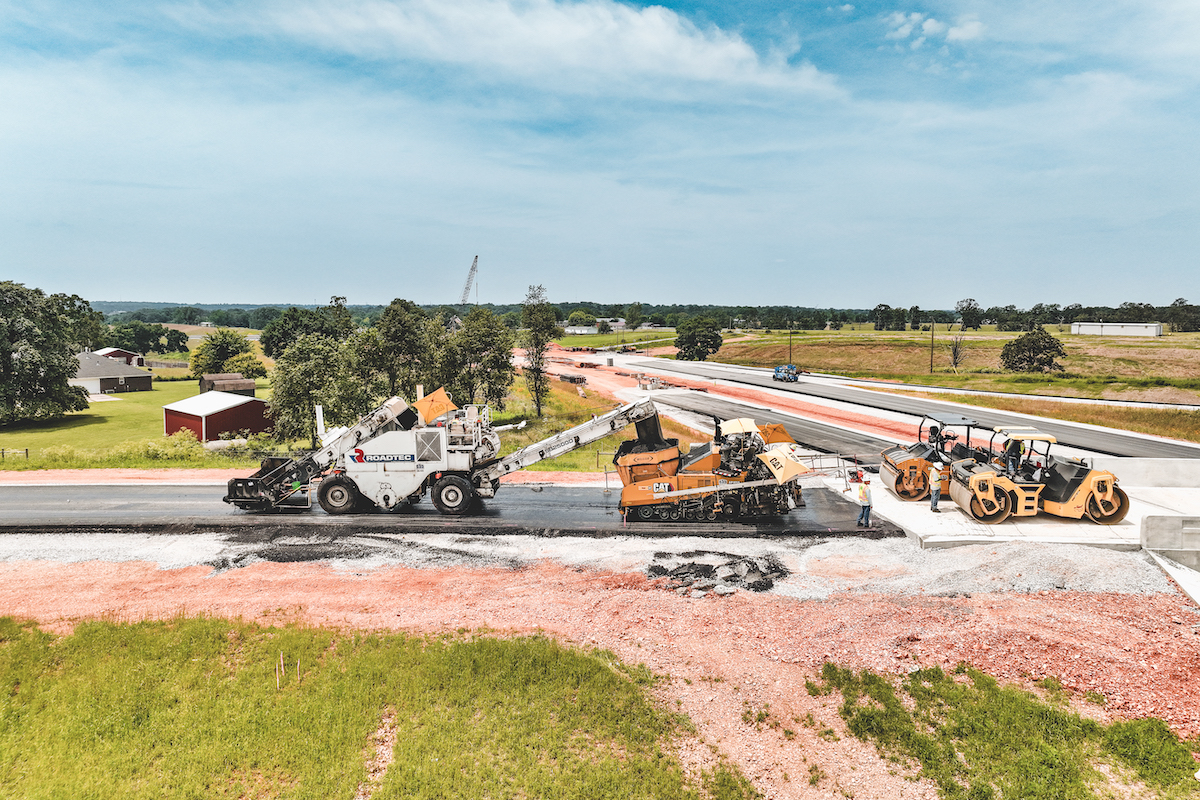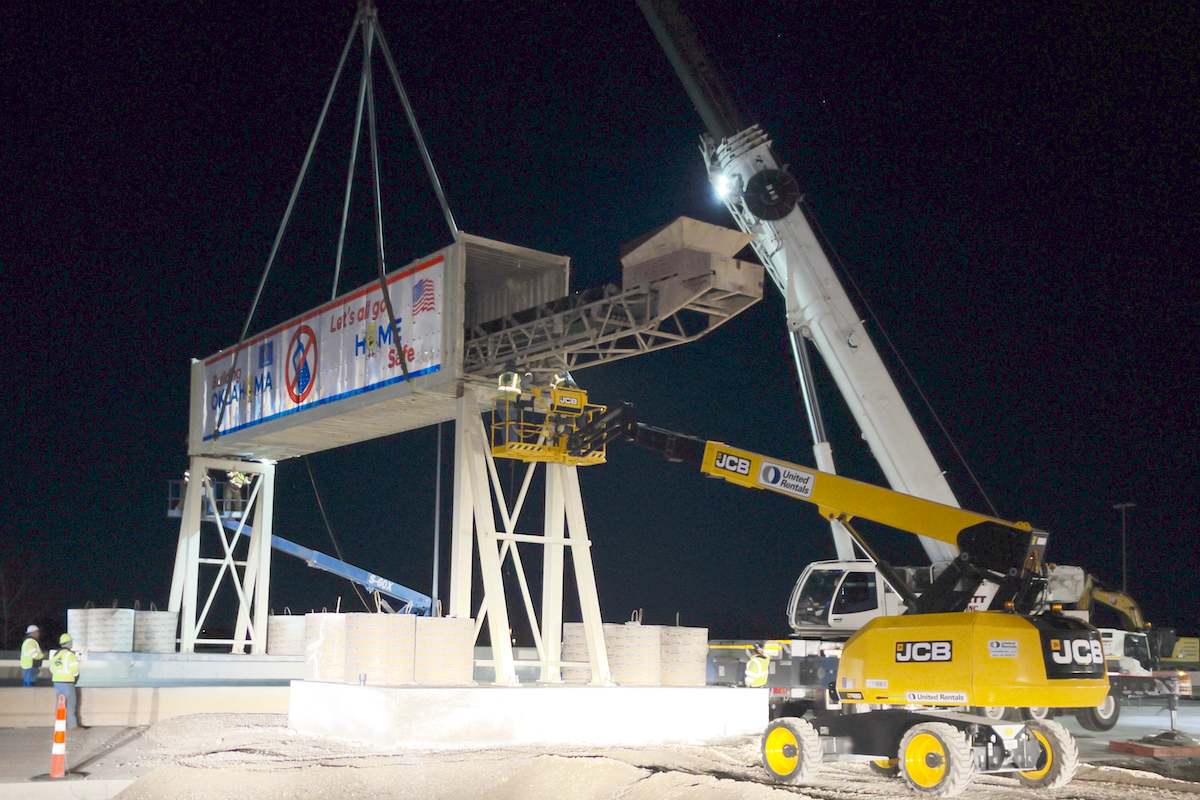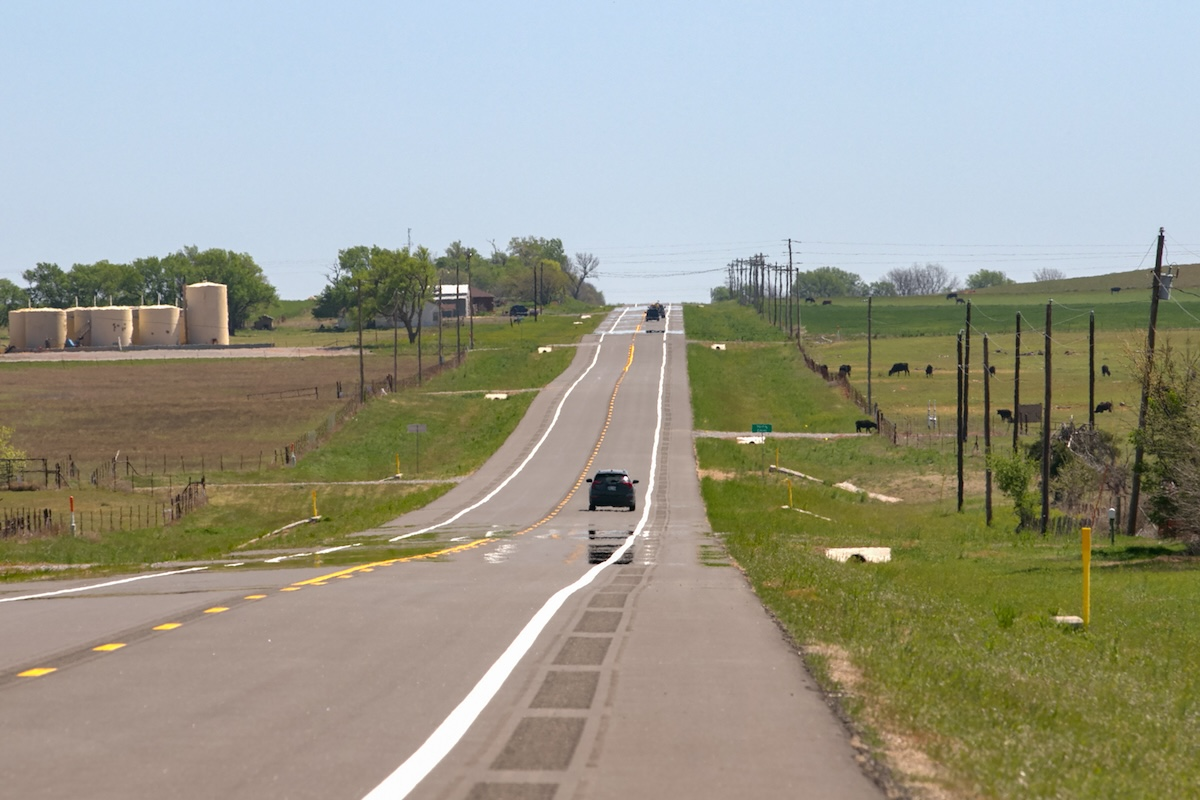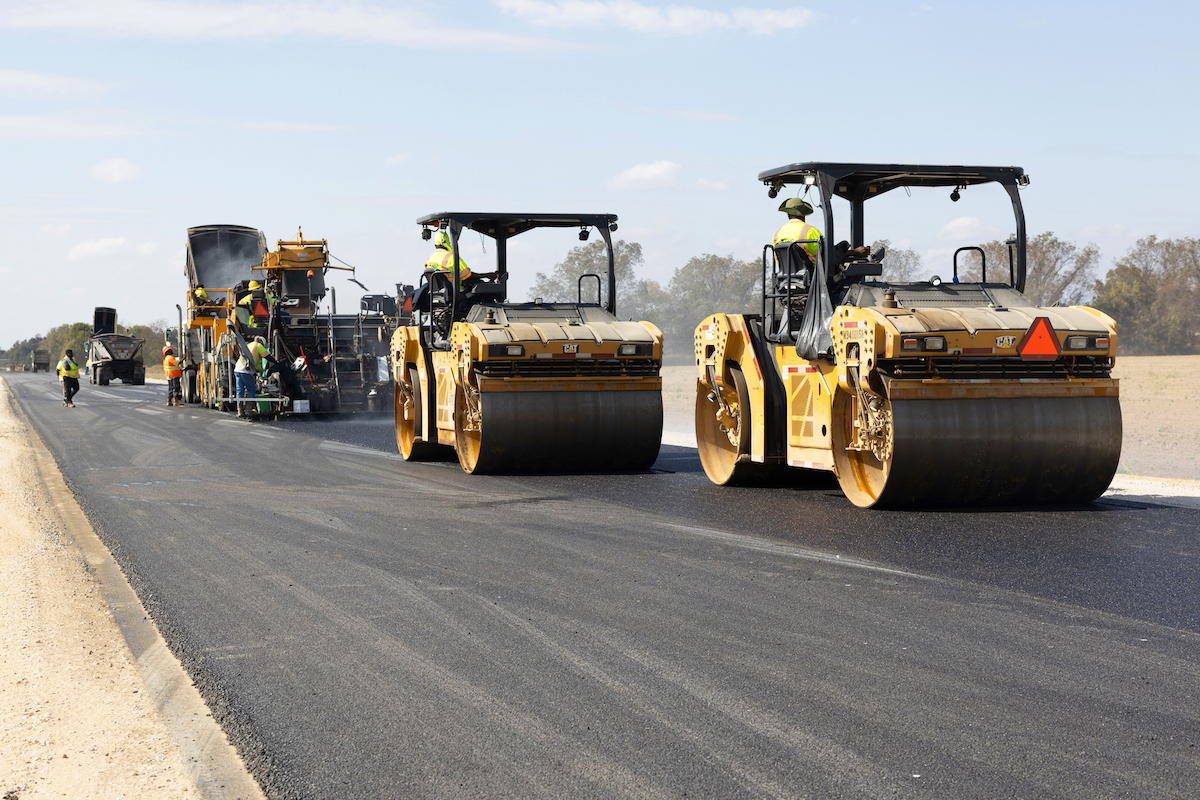Lighting provides us with both visual and biological cues, both the ability to visually navigate through a space and to take in our surrounding environment. There are biological impacts of light on our bodies as well. Light enters the eye and is transmitted to our brains, sending signals to our body to regulate things like our nervous and immune systems. Light, especially at night, can have a significant impact on us visually, psychologically, and biologically, so it’s important to recognize the impact of exterior lighting on the people who use it.
In addition to researching how lighting affects humans, another key conversation in the lighting industry is energy consumption. Did you know that 11 percent of electricity use in the United States is from lighting? Exterior lighting can be a huge contributor to your energy bills as well as the carbon footprint of a campus or facility. Studies also show that upgrading from a less efficient light source and older lighting technology to an LED fixture can reduce costs by 50 percent – depending on the initial installation and how many fixtures are changed. If additional controls are introduced, the amount you can save increases even more.
When thinking about a campus, there are more than just streetlights – what we typically think of when we hear “site lighting.” There are lights for parking lots, parking garages, athletic fields, or outdoor spaces students use in addition to their academic experience. There are various fixtures and spaces that contribute to an energy bill and energy consumption.
First, let’s talk about efficacy – a fancy word for efficiency. Efficacy is the measurement of light that comes out of a fixture per unit of electricity. It’s measured in lumens per watt, which is how much light comes out of a fixture versus how much power you’re using to power the light. LEDs are the most efficient light source out there. You often see an average of 150 to 200 lumens per watt – compared to a metal halide version at 70 to 80 lumens per watt.

| Your local Hitachi dealer |
|---|
| CLM Equipment Co |
Next, you want to consider the quality of the light. We first look at color temperature (CCT). This is the shade or color of light that comes out of the fixture – warm white or cool white lighting. You may have noticed while shopping for an LED replacement bulb that color is measured in Kelvin temperature. The higher the Kelvin temp, the cooler the light. This may seem counter-intuitive, but if you think about a fire, the hottest part of the fire in the center is a blue flame. Further from the center, the cooler the temperature the warmer the fire light glows. LED lighting provides a much broader range of color temperature compared to a metal halide – a common streetlight or exterior light. Metal halides tend to be very warm in color, which can distort the perception of a space and make buildings and landscaping look less appealing.
The other quality to consider is the color rendering index (CRI), which is the ability of a light to reveal the true color of something as compared to natural daylight. Fixtures with a high CRI present objects and their colors more closely to how they appear naturally. LEDs are able to achieve a much higher color rendering index. A typical fluorescent light is between 60 to 70 percent of the color rendering of natural daylight, and LEDS standardize at 80 percent CRI. Again, the more accurate reflection of color makes a space feel more natural and comfortable even at night.
Another consideration when evaluating where to shine exterior lighting is light pollution. Light pollution is the presence of unwanted, inappropriate or excessive electric lighting, and it has become an increasingly popular topic of conversation for both human interaction and our exchange with the ecosystem and environments around us. In urban areas, light pollution could be a distraction to those trying to sleep in an apartment above or simply relax in the evening hours. When looking at the environment around your site, electric light can affect a number of ecosystems including bird, turtle, and insect populations.
With the rapidly changing control technologies, we are able to incorporate things like occupancy and daylight controls, as well as time-of-day scheduling for exterior and site lighting. For example, in a parking garage, lights can operate at 25 percent until an occupancy sensor detects a car entering the garage, and the lights can come on to full brightness. Or, in a parking lot the lights can be dimmed down to 10 percent during late hours when the building is unoccupied, providing enough light for security cameras but not using so much energy when nobody is around to need the light to see. These solutions, along with other controls, can lead to a lighting system that only uses the energy it needs to create safe and welcoming exterior environment.
The Department of Energy has program called Better Buildings. They provide some decision-making tools and diagrams that can help you decide which areas are the most important to start with and how much impact you could have. They also provide some resources for grant money or incentives that will help make the project a little more palatable from a financial standpoint. In addition, a number of utilities have rebates or incentive programs, especially for lighting retrofits. A great resource for this is dsireusa.org. The website allows you to filter by state and it will tell you all energy-related incentives available. From there, you can filter by type of incentive.
Determining the right light, the right place, and the right time for lighting can be a timely effort. Understanding your current situation, identifying priorities, and creating a master plan and budget will help you reach your goals.
Kelsey Rowe is a leader in Design Collaborative’s Education Studio. The firm’s think tank-style, people-first approach allows Rowe to show off her interpersonal skills and creative and artistic side – while still being math and science-based. Rowe keeps a watchful eye on trends in education, especially trends surrounding the technology that supports each aspect of learning – with a particular focus on instructors and students. As Director of Engineering, she is helping guide the future of Design Collaborative.

















